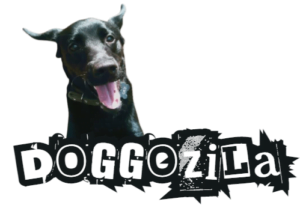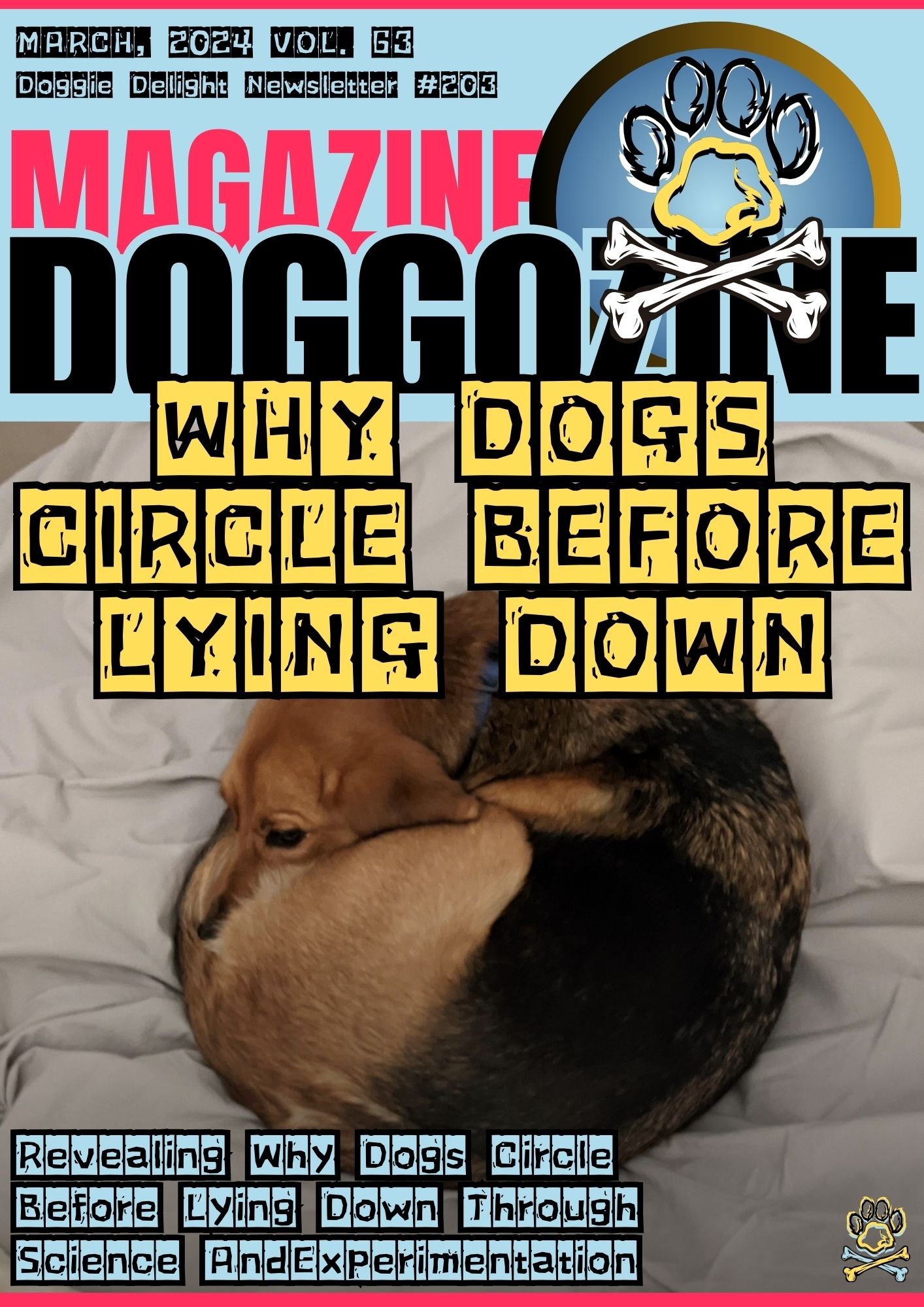
UNVEILING THE MYSTERY: WHY DOGS CIRCLE BEFORE LYING DOWN
Have you ever wondered why your furry companion seems to perform a little dance before settling down for a nap? The adorable little circle they walk in might seem like a quirky habit, but there’s actually a fascinating scientific explanation behind this common canine sleep position. Check in-depth why dogs circle before lying down!
Revealing Why Dogs Circle Before Lying Down Through Science And Experimentation
In this riveting exploration, we’ll unravel the mystery behind why dogs circle before lying down to rest, diving deep into the realms of earth’s magnetic field, canine behavior patterns, and ancient instincts. Join us on a journey through experimental studies, expert insights, and modern-day revelations to uncover the secrets hidden within your dog’s circulatory rituals.
From debunking age-old theories to shedding light on the role of magnetic alignment, this comprehensive guide will not only provide you with a newfound appreciation for your pet’s quirks but also equip you with the knowledge to enhance their comfort and well-being. Get ready to embark on an enlightening quest into the enchanting world of your four-legged friend’s pre-sleep behaviors.
Exploring the Fascination with Dogs Circling Behavior: An Introduction
Have you ever noticed your furry friend turning in an adorable little circle before settling down for a nap? This common canine sleep position has captivated dog owners for centuries, leaving us wondering about the reasons behind this peculiar behavior. Dogs’ behavior of circling before resting is an intriguing phenomenon that has captured the curiosity of pet owners and scientists alike.
This adorable little spin has sparked numerous theories and investigations, unveiling a fascinating interplay between instinct, comfort-seeking, and even a potential connection to the Earth’s magnetic field.
Join us on an engaging journey as we delve into the various explanations, scientific experiments, and expert insights that shed light on this captivating canine behavior. Get ready to unravel the mystery behind those cute little circles and gain a deeper understanding of your furry companion’s innate tendencies.
Prepare to be enlightened as we explore the key takeaways that highlight the significance of this endearing ritual, paving the way for a more profound appreciation of our four-legged friends.
🔑 Key Points: The act of dogs circling before lying down is a widespread behavior that has intrigued pet owners for years, prompting extensive scientific exploration into the potential reasons behind this charming little circle. This behavior offers a unique window into the intricate workings of our canine companions’ instincts, comfort-seeking strategies, and potential evolutionary adaptations.
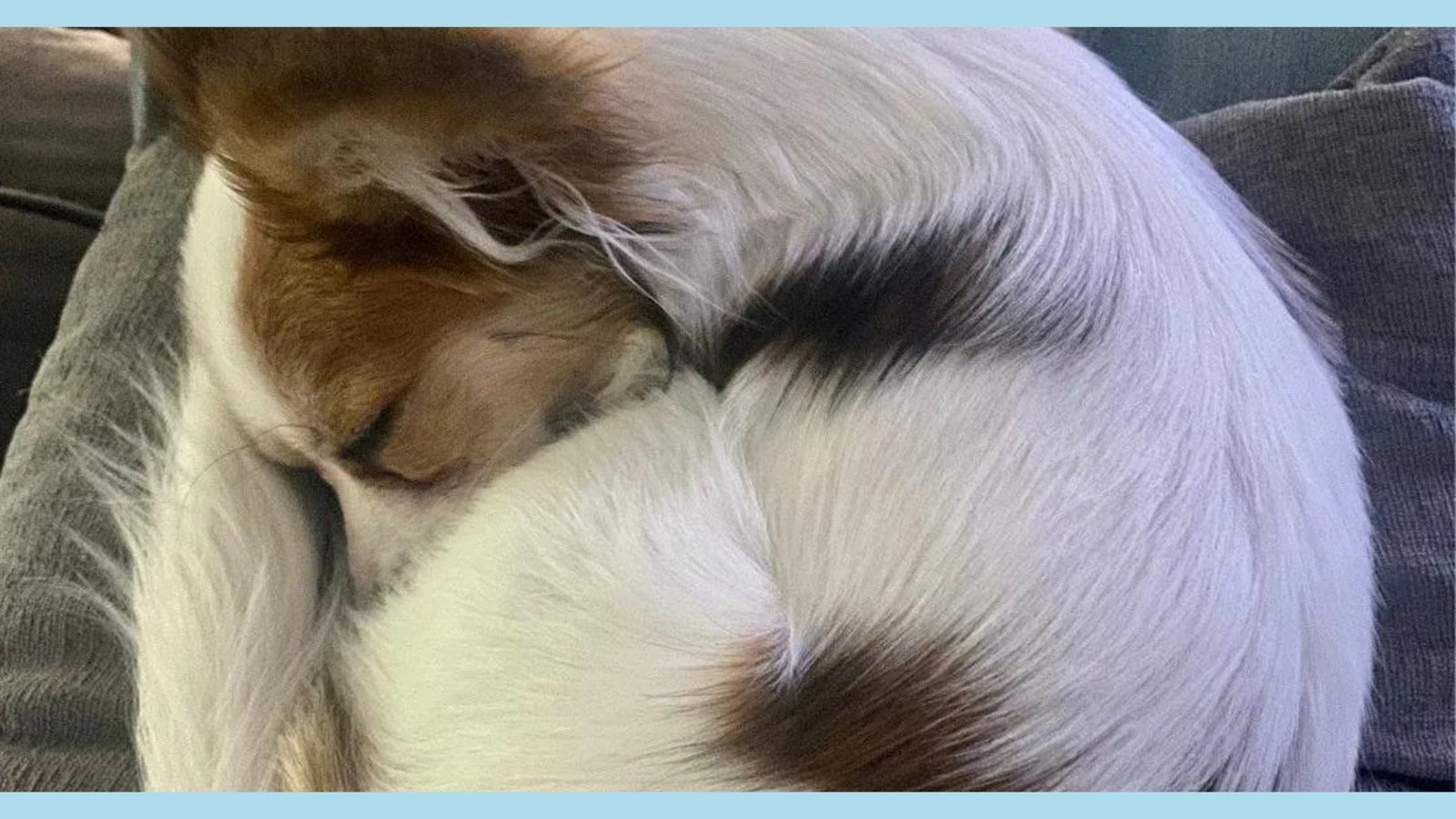
UNCOVERING THE THEORIES BEHIND WHY DOGS CIRCLE BEFORE LYING DOWN
Over the years, various theories have emerged to explain the fascinating behavior of dogs circle before lying down for a nap or rest. Let’s delve into some of the most compelling explanations that have been put forth by experts and researchers:
The Quest for Comfort and Security
One widely accepted theory suggests that dogs circle to create a comfortable and secure spot for themselves. By turning in a circle, they may be flattening and shaping the area, essentially creating a cozy “nest” that feels inviting, safe, and tailored to their preference. This behavior could be a remnant of their wild ancestors’ instincts to create a comfortable den or resting place.
A Throwback to Predator Vigilance
Another hypothesis proposes that this circling behavior is a remnant from dogs’ wild ancestors, who needed to be constantly vigilant for potential predators or threats. By turning in a circle before resting, they could survey their surroundings, ensuring that no dangers lurked nearby before letting their guard down and allowing themselves to drift into a vulnerable state of sleep.
The Innate Instinct to Chase Away Pests
Some experts believe that the act of circling is an instinctual behavior related to chasing away vermin, insects, or other pests from the intended sleeping area. By turning in a circle, dogs could potentially dislodge any unwanted critters or debris, ensuring a clean and pest-free resting spot for themselves. This behavior
Comfy Circling: Dogs’ Quirky Pre-Nap Routine
You’ve probably noticed your furry pal doing a few spins before plopping down for a nap. This adorable ritual of circling and pawing at the ground might seem random, but there are some interesting theories behind this age-old doggy habit.
Some experts suggest that circling is a cozy nest-building behavior inherited from their wild wolf ancestors. Just like wolves creating a comfy den, dogs may be instinctively fluffing up their sleeping spot to snuggle in. It’s like their own little DIY bedtime routine!
🔑 Key Points: Dogs circling before napping could be their way of seeking comfort, checking for potential predators, chasing away pesky critters, or simply indulging in an ancestral nesting instinct passed down from their wild relatives. Whatever the reason, it’s a quirky ritual that’s downright adorable to watch!
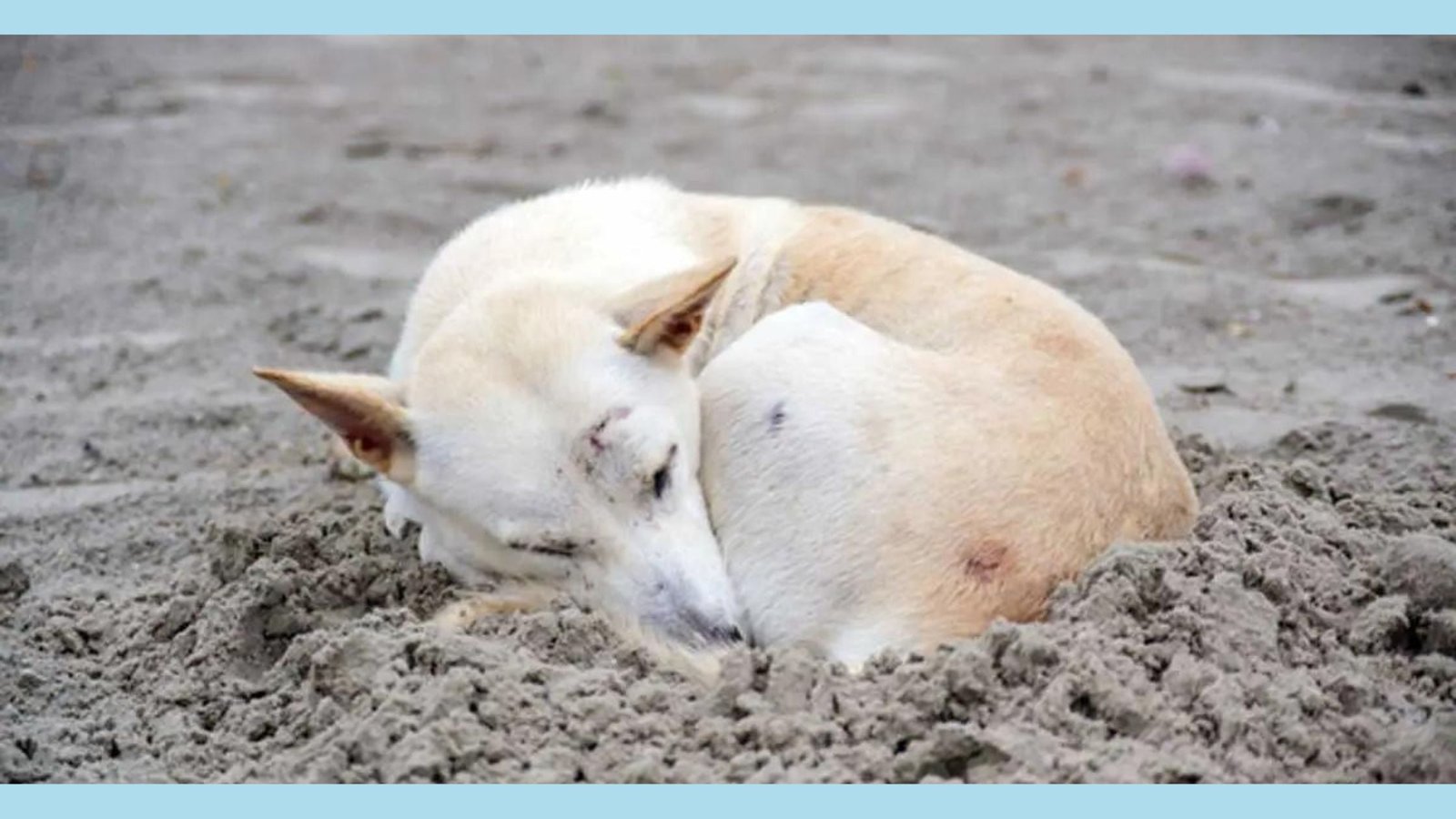
DECODING THE MYSTERY BEHIND THE CIRCLE GAME
Scientists have put their detective hats on to unravel the mystery behind this canine circling behavior. Through various experiments and observations, they’ve uncovered some intriguing clues about what’s really going on in those furry little minds.
Following Nature’s Compass: The Magnetic Field Connection
In a fascinating study, researchers discovered that dogs seem to have a built-in compass of sorts. When the Earth’s magnetic field was calm and stable, the pups aligned their bodies along the north-south axis while resting. It’s like they were tuning into nature’s invisible map!
However, during times of magnetic field turbulence, this directional behavior wasn’t observed. It seems that dogs are sensitive to these subtle magnetic changes and adjust their resting positions accordingly. Talk about a canine superpower!
The Experimental Setup: A Two-Year Doggy Observation
To uncover this magnetic connection, scientists observed a diverse group of 70 dogs from 37 different breeds over a span of two years. They meticulously recorded the directions in which the dogs faced while resting and compared it to the magnetic field data at those specific times.
This thorough investigation provided valuable insights into the intricate relationship between dogs’ resting behaviors and the Earth’s magnetic forces. It’s like a real-life doggy detective story!
Analyzing the Results
Upon analyzing the directional values recorded, scientists found a significant correlation between the dogs’ orientation and the north-south direction of the magnetic field. This alignment was more prominent during calm magnetic field conditions.
The findings of this study shed new light on the potential role of the Earth’s magnetic field in shaping dogs’ circling behavior before rest. It opens up exciting avenues for further research into the sensory capabilities of our canine companions.
🔑 Key Points: Scientific experiments, such as the magneto-reception study, suggest that dogs may align their bodies with the Earth’s magnetic field when resting, indicating a potential sensory effect influencing their circling behavior.
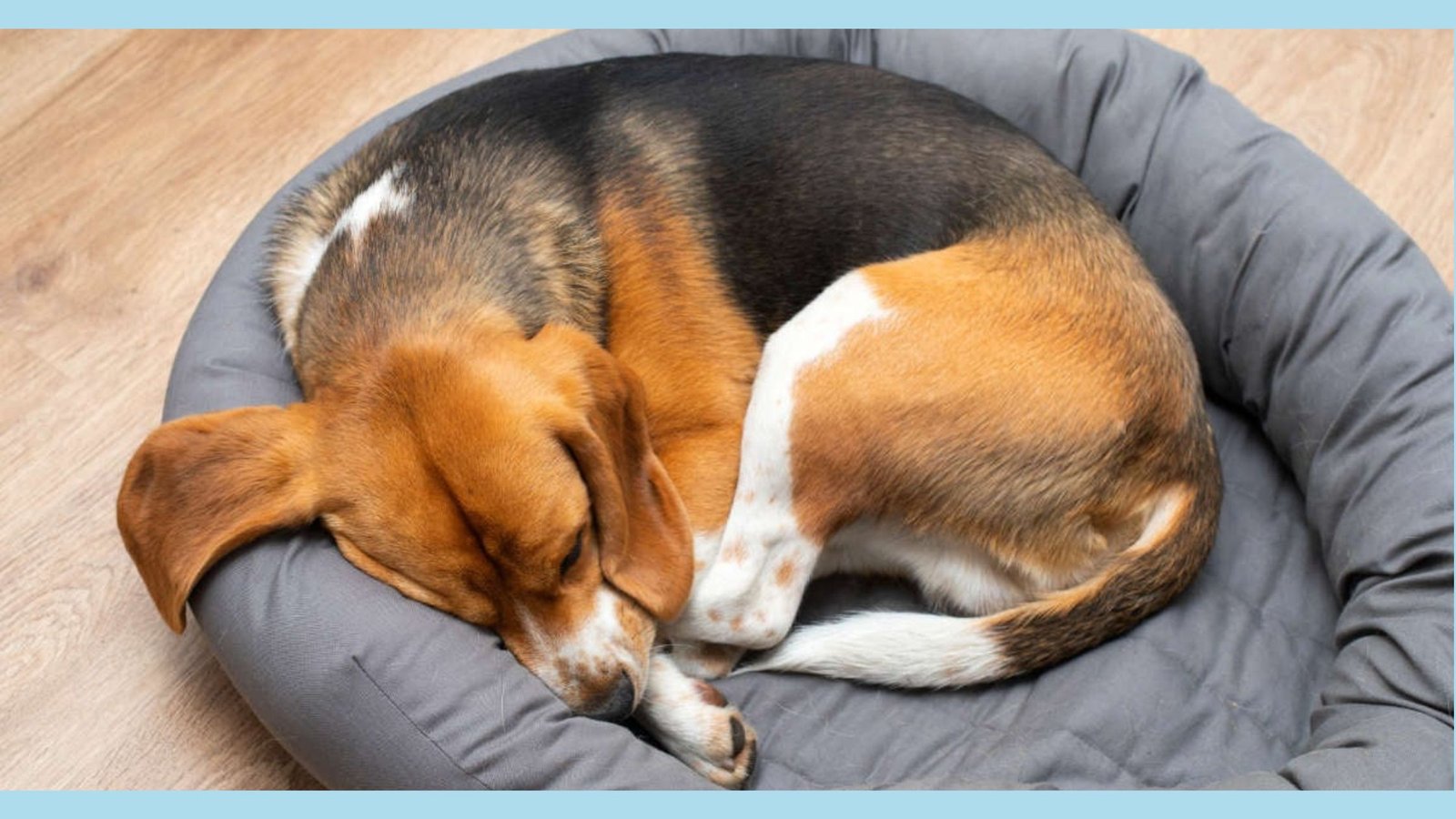
DECIPHERING DOGS’ CIRCLES: FROM ANCIENT PRACTICES TO MODERN DAY UNDERSTANDING
The fascination with dogs’ circling behavior is not a modern phenomenon. Ancient cultures, such as the Indian system of Vaastu, have long recognized the significance of circular movements in creating harmony and balance. In Vaastu, it is believed that the north-south direction holds special importance, aligning with the Earth’s magnetic field. Interestingly, this belief resonates with the findings of new research on dogs’ magnetic alignment during rest.
The Vaastu Connection
Vaastu principles suggest that aligning spaces and objects along the north-south axis promotes positive energy flow. Dogs’ innate tendency to circle and align themselves with this direction during rest may be an instinctual manifestation of this ancient wisdom.
Modern Day Interpretations
As our understanding of dog behavior evolves, modern day interpretations of circling have emerged. Some pet owners and experts view it as a way for dogs to create a cozy and comfortable resting spot, similar to how they would build a nest in the wild.
The circular movement may also serve as a self-soothing mechanism, helping dogs unwind and relax before settling down. This theory aligns with the idea of comfort seeking and creating a sense of security in their resting environment.
🔑 Key Points: Dogs’ circling behavior finds parallels in ancient practices like Vaastu, while modern interpretations view it as a means of creating a cozy dog bed and promoting relaxation through circular movements.
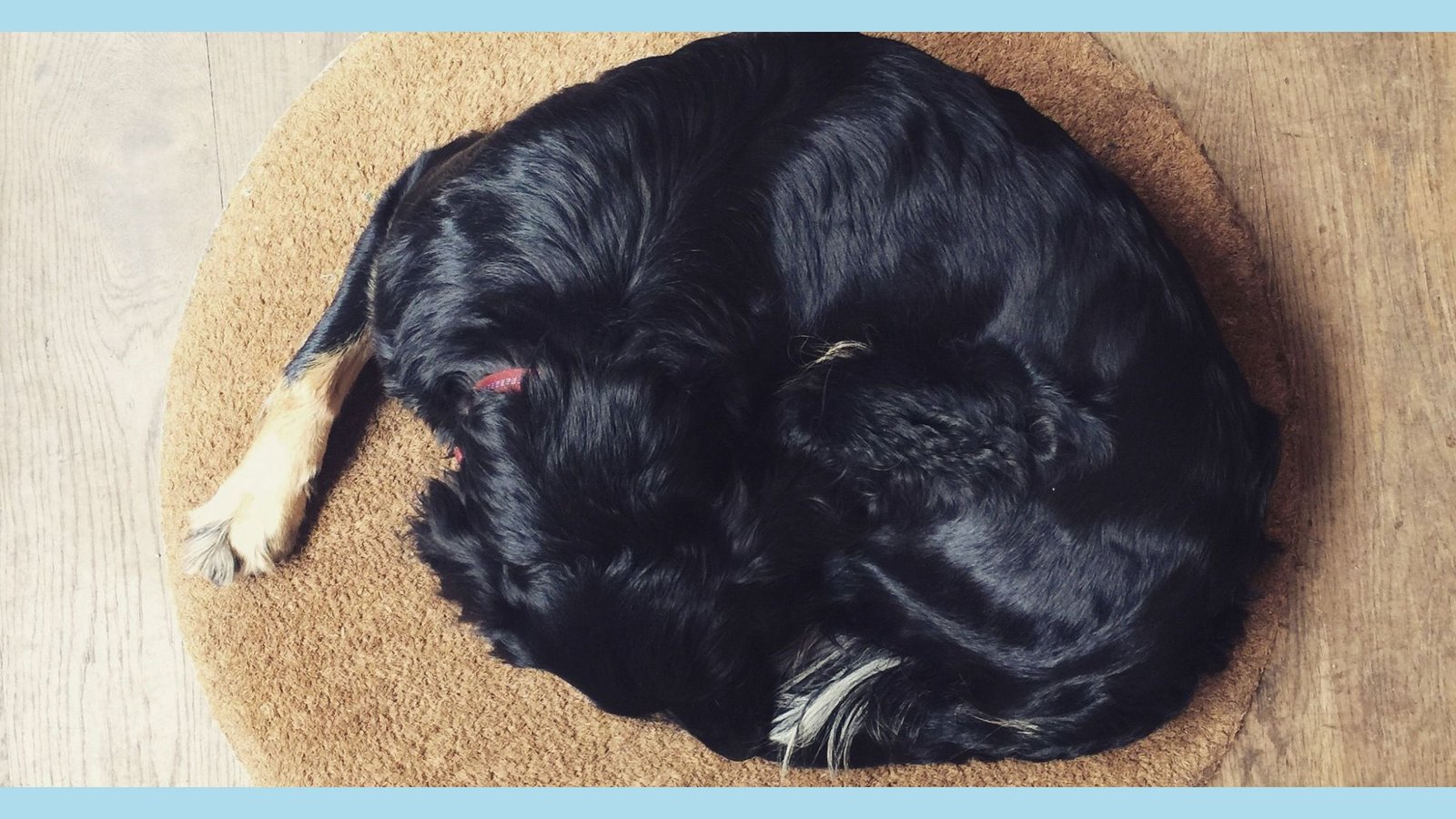
THE ROLE OF EARTH’S MAGNETIC FIELD IN DOGS’ CIRCULATORY BEHAVIOR
Recent studies have shed light on the intriguing connection between the Earth’s magnetic field and dogs’ circling behavior. Researchers have discovered that dogs tend to align their bodies along the north-south axis when the magnetic field is calm and stable.
The Earth’s Magnetic Field In Shaping Dogs
This finding suggests that dogs may possess a sensitivity to the planet’s magnetic field, which influences their resting position. The study, conducted by analyzing the directional values recorded during dogs’ rest, revealed a significant correlation between their orientation and the north-south direction of the magnetic field.
Interestingly, this alignment was more pronounced during periods of calm magnetic field conditions, whereas it was less apparent when the magnetic field was unstable. These results provide compelling evidence for the role of the Earth’s magnetic field in shaping dogs’ circulatory behavior before rest.
🔑 Key Points: The Earth’s magnetic field appears to influence dogs’ circling behavior, with dogs aligning their bodies along the north-south axis during calm magnetic field conditions.

HOW DOGS CHOOSE THEIR RESTING SPOT: INSTINCTS AND COMFORT
When it comes to selecting the perfect resting spot, dogs rely on a combination of instincts and a desire for comfort. Let’s explore the factors that influence their choice:
The Comfort Factor
One of the primary reasons dogs circle before lying down is to create a comfortable spot for themselves. By turning in a circle, they may be flattening the area, creating a cozy “nest” that feels secure and inviting.
Instinctual Behavior
Another theory suggests that circling is an instinctual behavior inherited from dogs’ wild ancestors. In the wild, circling allowed them to survey their surroundings for potential predators before letting their guard down to rest.
The Predator Theory
The predator theory proposes that dogs circle to ensure their sleeping area is safe from potential threats. By turning in a circle, they can check for any signs of danger before settling down.
Finding the Perfect Spot
When choosing a resting spot, dogs may also consider factors such as temperature, texture, and proximity to their favorite people or objects. They may seek out a cool surface on a hot day or a soft, plush bed for ultimate comfort.
🔑 Key Points: Dogs choose their resting spot based on a combination of instincts, such as the predator theory, and a desire for comfort, leading them to engage in circling behavior to create a cozy and secure sleeping area.

THE EXPERIMENT: UNCOVERING TRUTHS BEHIND DOGS’ PRE-SLEEP RITUALS
To delve deeper into the reasons behind dogs’ circling behavior, researchers conducted an experiment to observe and analyze their pre-sleep rituals. The magneto-reception experiment aimed to investigate the relationship between a dog’s orientation and the Earth’s magnetic field.
Results Of The Experiment
Researchers observed 70 dogs from various breeds over a two-year span, recording the direction they faced while resting. They then compared this data with the Earth’s magnetic field conditions at the time. The experimental results revealed a fascinating pattern. When the magnetic field was calm, dogs showed a significant preference for aligning their bodies along the north-south axis.
However, during times of unstable magnetic field conditions, this directional behavior was less apparent. Statistical analysis of the data further supported these findings, suggesting that dogs possess a sensory ability to detect and respond to subtle changes in the Earth’s magnetic field, influencing their resting positions.
🔑 Key Points: The magneto-reception experiment provided evidence for the role of the Earth’s magnetic field in shaping dogs’ circling behavior before rest, highlighting their potential sensory capabilities.
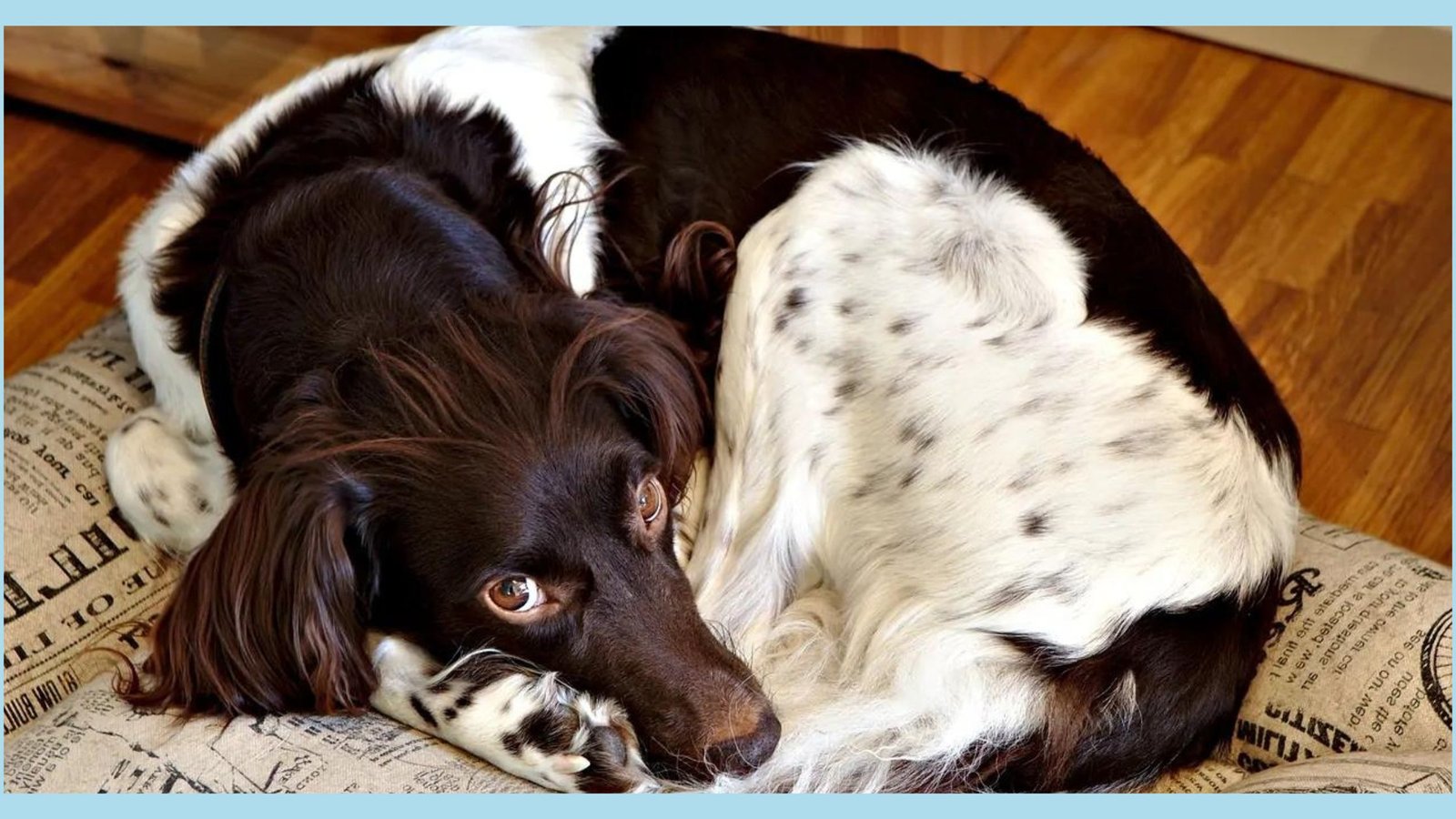
EXPERT INSIGHTS ON CANINE CIRCLING AND RESTING PREFERENCES
To gain a deeper understanding of dogs’ circling behavior, we turned to the expertise of certified professional dog trainers and animal behavior consultants. According to Nicole Elli, a professional dog trainer, circling before lying down is a common behavior among dogs. She suggests that it may serve as a way for dogs to create a comfortable and secure resting area.
Dr. Christopher Pachel, a veterinary behaviorist, highlights the potential role of instincts in this behavior. He notes that circling may be a remnant of dogs’ wild ancestors, who would circle to check for predators and create a safe sleeping spot.
When Circling Becomes A Concern: Understanding Your Dog’s Health
While circling before lying down is a common behavior among dogs, there are instances when it may indicate an underlying health issue. It’s essential for dog owners to be aware of when this behavior warrants concern. If your dog’s circling becomes excessive, compulsive, or is accompanied by other unusual symptoms, it’s important to consult with a veterinarian. Excessive circling may be a sign of discomfort, pain, or neurological issues that require medical attention.
Additionally, if your dog’s circling behavior is a new development or appears to be causing distress, it’s crucial to seek professional guidance. Changes in behavior can sometimes indicate an underlying health problem that needs to be addressed. As dog owners, being attentive to our furry friends’ behavior and knowing when to seek help is essential for their well-being. By understanding when circling becomes a concern, we can ensure our dogs receive the care and comfort they need.
🔑 Key Points: While circling before rest is usually normal, excessive or unusual circling may indicate an underlying health issue, requiring attention from a veterinarian to ensure the dog’s well-being.
Cultivating Comfort: Creating the Perfect Resting Environment for Your Dog
As dog owners, we want our furry friends to feel safe, comfortable, and content in their resting spaces. By understanding their circling behavior and preferences, we can create the perfect environment for their slumber. One way to enhance your dog’s comfort is by providing them with a cozy dog bed that caters to their size and sleeping style. A soft, plush bed with ample cushioning can create a sense of security and comfort, mimicking the nest-like environment they seek through circling.
Additionally, considering the placement of your dog’s bed can make a difference. Some dogs may prefer a quiet corner away from household activity, while others may find comfort in being near their favorite people. You can also experiment with different bedding materials and textures to find what your dog prefers. Some may enjoy the warmth of a fleece blanket, while others may prefer the coolness of a memory foam mattress.
🔑 Key Points: By providing a cozy dog bed, considering bed placement, and experimenting with bedding materials, dog owners can create a comfortable resting environment that caters to their furry friend’s circling preferences.
Concluding Thoughts: Embracing Your Dog’s Circulatory Quirks
As we’ve explored the fascinating world of dogs‘ circling behavior, it’s clear that there is no one-size-fits-all explanation. From the influence of the Earth’s magnetic field to the desire for comfort and security, various factors contribute to this adorable little circle dance.
As dog owners, understanding and embracing our furry friends’ unique quirks is part of the joy of sharing our lives with them. By providing a comfortable resting environment and being attentive to their needs, we can ensure that our dogs feel safe, loved, and content in their forever homes.
So the next time you witness your dog’s pre-sleep circling ritual, take a moment to appreciate the fascinating interplay of instinct, comfort, and ancient wisdom that guides their behavior. After all, it’s these little moments that make our bond with our canine companions so special.
The fascinating journey into understanding why dogs circle before resting has unveiled a world of insights and revelations. From exploring ancient practices to modern-day scientific findings, we have delved deep into the theories behind this common canine behavior. The role of the Earth’s magnetic field in influencing dogs’ circulatory rituals sheds light on the intricate instincts and comfort-seeking nature of our furry companions.
Quick Summary On Why Do Dogs Circle Before Lying Down
Ever wondered why your furry best friend loves to spin in endless circles before finally settling down for a nap? Well, scientists and animal experts have delved deep into this intriguing behavior, and the reasons behind it are just as fascinating as the act itself! Brace yourselves as we unravel the complex tapestry of instincts, comfort-seeking tendencies, and ingrained predatory habits that drive our beloved canine companions to engage in this adorable ritual.
First and foremost, let’s address the elephant in the room: the age-old question of whether dogs are simply chasing their tails or if there’s a deeper motive at play. Spoiler alert! While tail-chasing can indeed occur during these circular escapades, it’s not the primary driving force behind this behavior.
Instead, our four-legged friends are tapping into their ancestral roots, harkening back to the days when their wild predecessors needed to create a cozy, secure resting spot amidst the great outdoors. By trampling down the grass or leaves in a circular motion, they were essentially crafting a comfy, nest-like haven to snuggle up in while keeping a watchful eye out for any potential threats or predators lurking nearby. But the plot thickens! Experts have also uncovered another fascinating theory: dogs may be marking their territory through this ritualistic dance!
This topic has captivated many readers attention, so that is why we encourage you all to continue reading and expanding your knowledge on this subject, so jump in article at the LIVE SCIENCE and check what they have to tell you about it!




